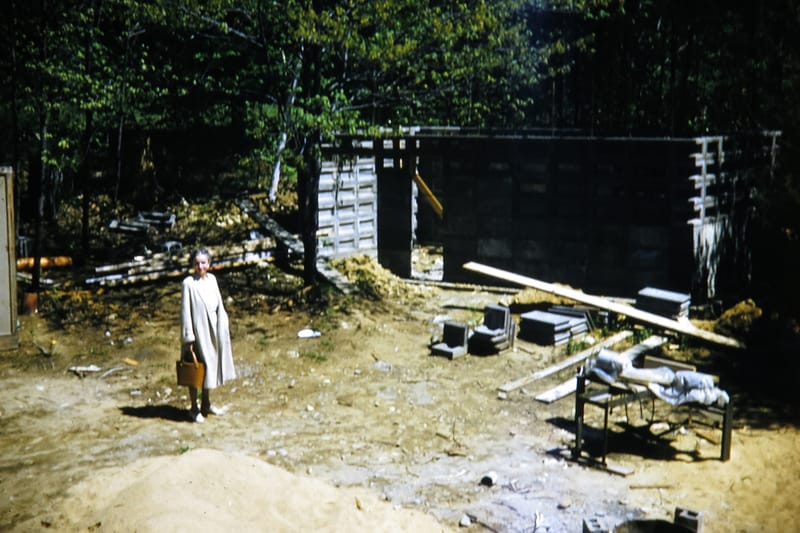Serenade of the Winds: A powerful performance by Symphony NH
The absence of sound made you appreciate the other winds even more as well as the instrument that used to be playing.
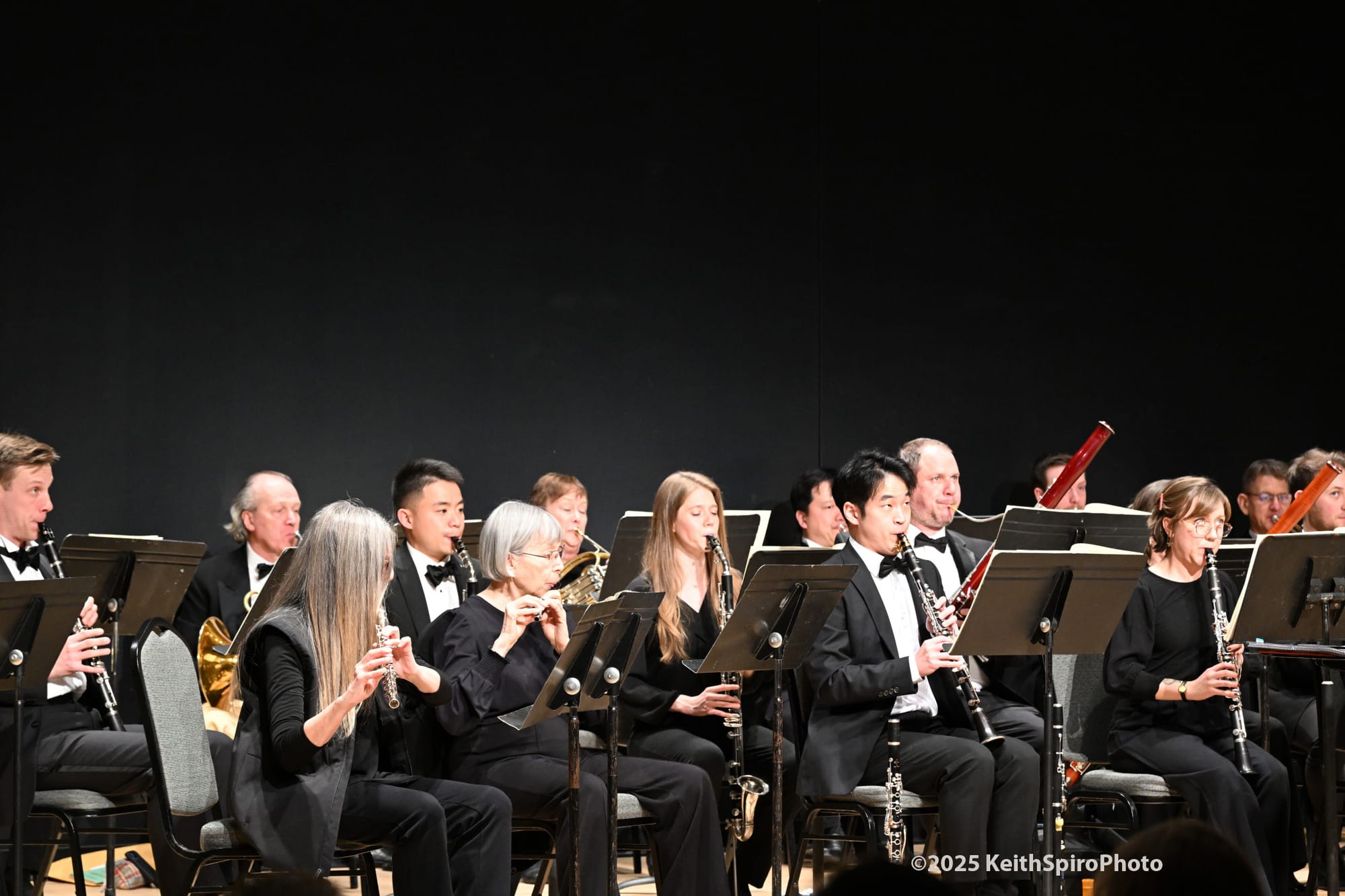

NASHUA, NH – Serenade of the Winds was performed by Symphony NH on March 8, 2025, at Nashua Community College’s Judd Gregg Hall Auditorium.
I had the opportunity to view and listen to the performance, a beautiful concert filled with history, a cozy atmosphere and, of course, fantastic music.
Before the show, Roger Kalia, the conductor, artistic leader, and the symphony’s Music Director, shared some history about the pieces with the audience. This was also how the Symphony’s Holiday Brass performance began. It allows listeners to truly appreciate the music they are hearing and understand when and why people loved it in the past.
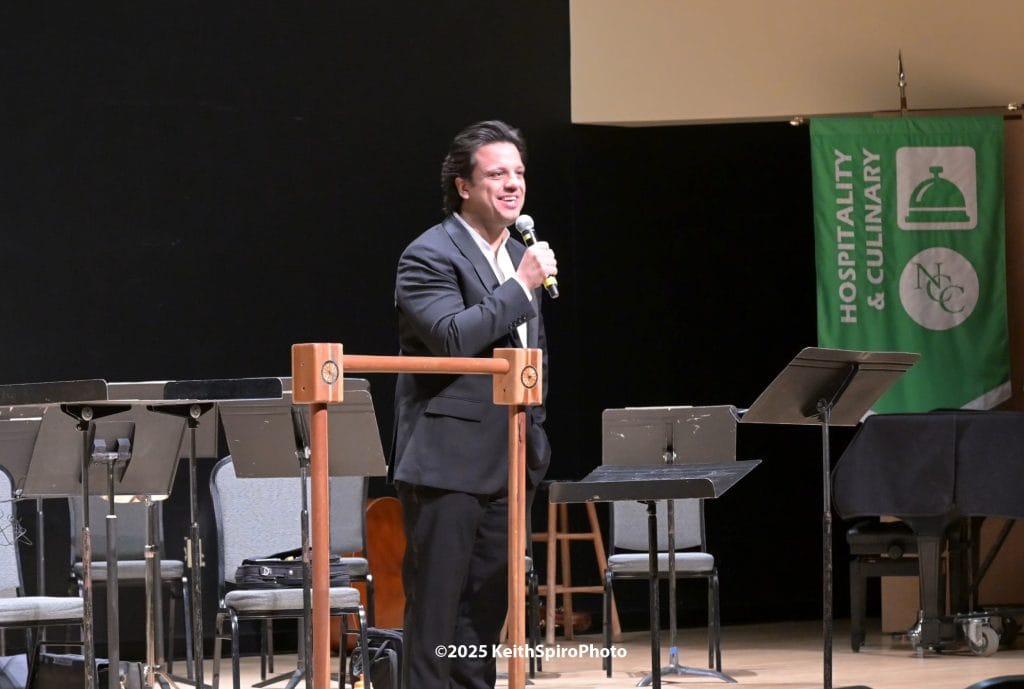
All of the music was in the genre of Harmoniemusik which was a European tradition in the late 18th and 19th centuries. It is a form of chamber music composed for wind instruments, allowing their unique sounds to shine. The instruments featured are bassoons, oboes, clarinets, and French horns. Harmoniemusik was mostly appreciated by the aristocracy at parties because of how elegant it sounds. It was a symbol of refinement and status, especially since it was different from most of the music played during these time periods.
In the 18th century, most orchestras were filled with string instruments, so people’s curiosity grew because of the interesting chirping and playful sound wind instruments are capable of producing. In the 19th century people started to write more ambitious pieces with their artistic force, paving the way for future masterpieces to be written for the woodwind section.
Felix Mendelssohn wrote his Overture for Winds when he was only 15 years old. This piece was made to be played for the military and was originally written for 11 people to play together but was expanded for 23 people to play. The performance began as very solemn, stately, and noble, and then exploded into an energetic allegro.
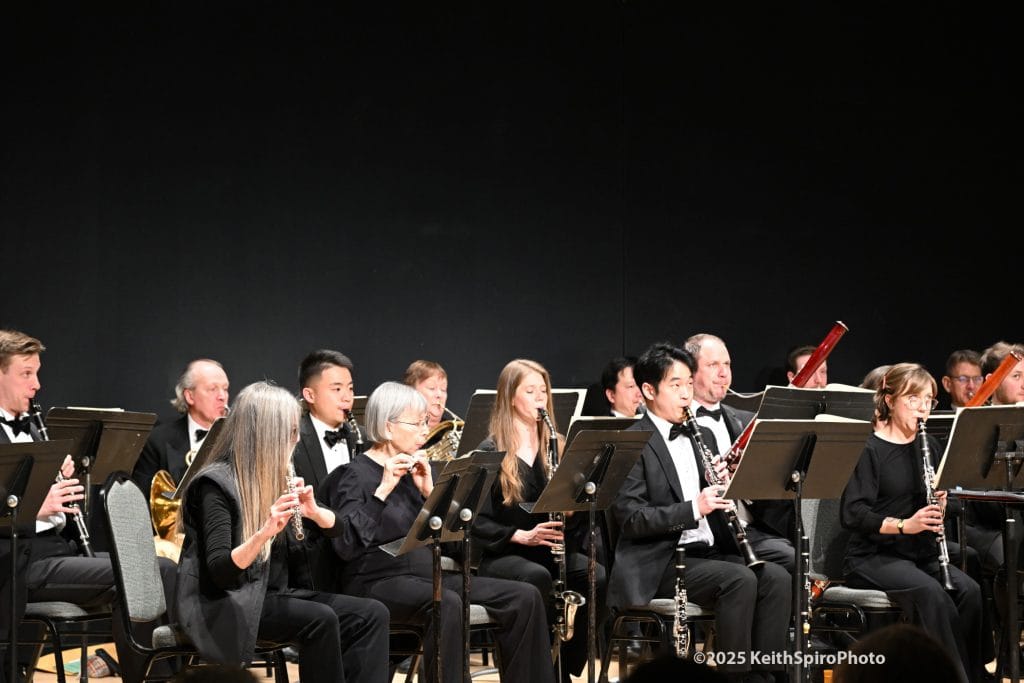
Later, Mozart expanded Harmoniemusik with his Gran Partita. Gran means grand and Partita means serenade, making it perfect for relaxing and peaceful outdoor gatherings. Originally this piece was meant for eight players but was expanded to 13. It was filled with bright colors and emotion, as well as an extremely bright sound. This performance has seven movements, but the symphony chose to perform a select four, which was actually the amount Mozart originally wrote before he added three more.
The first movement was very grand and noble with a fast allegro. The second was charming and refined, with the bassoon shining through and practically having its own solo with the basset horns and clarinets in the back. The third was very beautiful and charming.
it was as if the instruments were having little comical conversations. The bassoons were more of the grumpy instruments and the clarinets were happier and joyful.
Lastly, the fourth contained sparkling exchanges and it was as if the instruments were having little comical conversations. The bassoons were more of the grumpy instruments and the clarinets were happier and joyful.
Antonín Dvořák’s Serenade in D minor was made for the common people, while Mozart and Mendelssohn’s were for those with rich and lavish lifestyles. Dvořák’s Serenade was expressive and many of his pieces are rustic and similar to folk music. They reflect his Bohemian roots and are light and elegant.
The pieces are rhythmic and perfect for dancing, which was the type of occasion the common people used his music for. The first movement was relaxed and noble. The second was a rhythmic minuet. A minuet is s a type of French dance between two people, so this piece was often danced to. The third was absolutely gorgeous and had an emotional core melody. Lastly, the fourth was happily spirited and joyful with a rhythmic drive.
Exploration of the Winds ensemble
“They are all soloists.” Each instrument can clearly be heard, and it is as if they all have their own solo even though they are playing together.”
~ Roger Kalia, Conductor
The Symphony’s entire performance was an exploration of the winds ensemble. Conductor Kalia said that “with string instruments, there is an ability to hide behind one another and blend easily together.” With wind instruments, this is not the case. “They are all soloists.” Each instrument can clearly be heard, and it is as if they all have their own solo even though they are playing together.
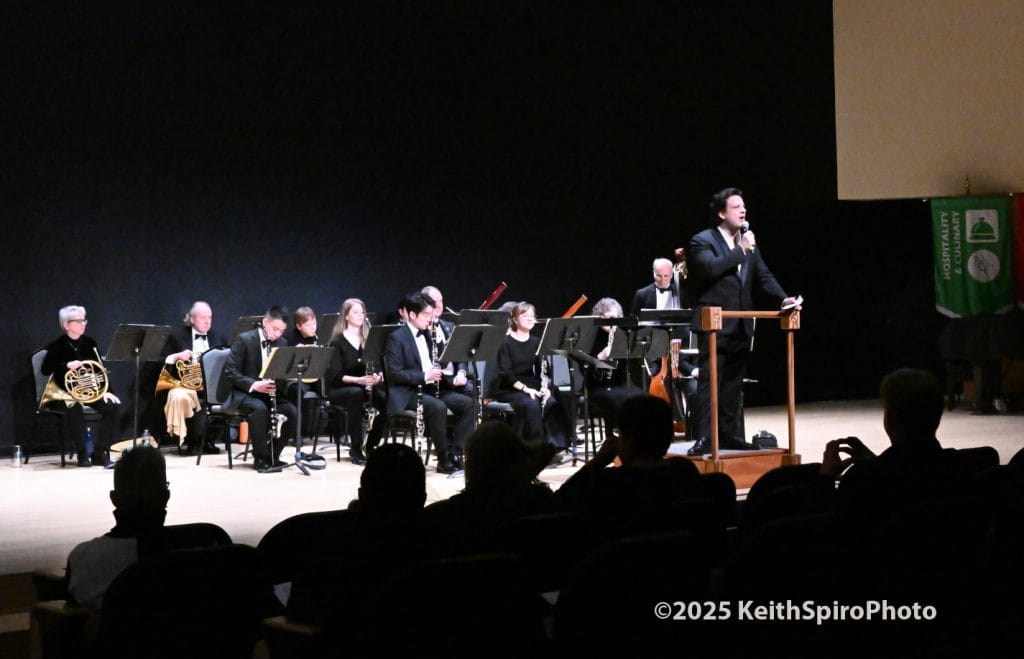
After people learned the history of the music, Kalia asked if there were any questions. One audience member asked if there are any composers who are writing music for symphonies like Mozart and Beethoven. Kalia explained how Beethoven and Mozart were hard to listen to in their time because they were considered modern not classical.
We feel that way about a lot of today’s music, so we should all listen to the music of today with an open mindset. It might be hard, but in their time, Mozart and Beethoven were in the same position as popular artists today. There are composers who could be the next Beethoven or Mozart.
It is nice to just put away your phone, take a break from your life, forget your worries, and get lost in beautiful music that people used to dance to. It is a way to have fun and get lost in music.
~ Talia Harmon, InkLink Inkubator reporter
The auditorium the performance took place in was very cozy, with warm lighting and a welcoming ambiance. Every piece had some sort of high pitch to it so there was a sense of cheer throughout the concert. Even when a movement seemed to be more morose and serious, it still had a sense of happiness and joy.
They were also fast paced, which made them feel uplifting and all the pieces had similar energy. They had similarities but there were definitely a lot of differences, especially with what instruments were played. Some even contained a bass, cello, triangle, and drums.
Since all the winds were playing together, when one stopped it affected the entire performance in a meaningful way. The absence of sound made you appreciate the other instruments even more as well as the instrument that used to be playing. Then, when they began to play together once more, there was a sense of unity.
If anyone is interested in attending and listening to a Symphony New Hampshire performance, they definitely should. You will learn something new and be able to listen to beautiful music! Their performances will take you back in time but are still relevant today because everyone needs to take a break and have a good time sometimes.
It is nice to just put away your phone, take a break from your life, forget your worries, and get lost in beautiful music that people used to dance to. It is a way to have fun and get lost in music.
Talia Harmon is a student at Central High School.
ABOUT THE INKLINK NEWS INKUBATOR PROGRAM
If you or your business would like to help grow these student opportunities, like Symphony New Hampshire does, please contact Keith@keithspiromedia.com, advisor/contributor InkLinkNews Arts and Culture.

The Inkubator program is aimed at nurturing and growing New Hampshire’s local journalism ecosystem – support for educators, opportunities for students and pathways for future journalists, artists and creators. And beyond that, we want to engage our community in this process because together, we rise. Click here to make a tax-deductible contribution to the Inkubator.


